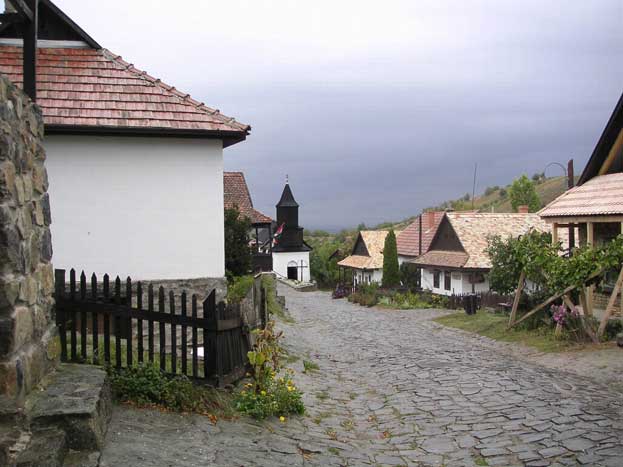Hollokö is an exceptional example of a deliberately preserved traditional human settlement representative of a culture that has become vulnerable under the impact of irreversible change. This village, which developed mainly during the 17th and 18th centuries, is a living example of rural life before the agricultural revolution of the 20th century. Located about 100 km north-east of Budapest, Hollokö is a small rural community whose 126 houses and farm buildings, strip-field farming, orchards, vineyards, meadows and woods cover 141 ha. The village and the surrounding area are given the same protection as a historic monument such as the castle. Mentioned as early as 1310, this castle, whose ruins lie to the north-west of the village today, played a decisive part in the feudal wars of the Palocz and the Hussite wars. It served as protection for the village whose ruins have been found a little way from its walls.
Ottoman occupation
At the end of the Ottoman occupation (1683) the castle and the village were finally abandoned and the present village grew up below. It developed gradually throughout the 18th and 19th centuries. As was customary in the region, the first generation of inhabitants settled on either side of the main street. In this one-street village, subsequent generations built their houses at the back of the narrow family plots, thus progressively enlarging the built-up area. The barns were built apart from the village, on the edges of the fields, according to Palocz custom.The development of the village and the soil can be traced from various documents. In 1782 it was still a typical one-street village. Later, a second street developed to the east of the main street. A plan of 1885 shows the topography was already like that of the present-day plan: the amount of cultivated land had reached its maximum by the mid-19th century and the village could therefore grow no further. Some limited growth started again in 1960 and is now strictly controlled.











Nice blog. I would like to travel hungry. Your information is really helpful.
ReplyDelete